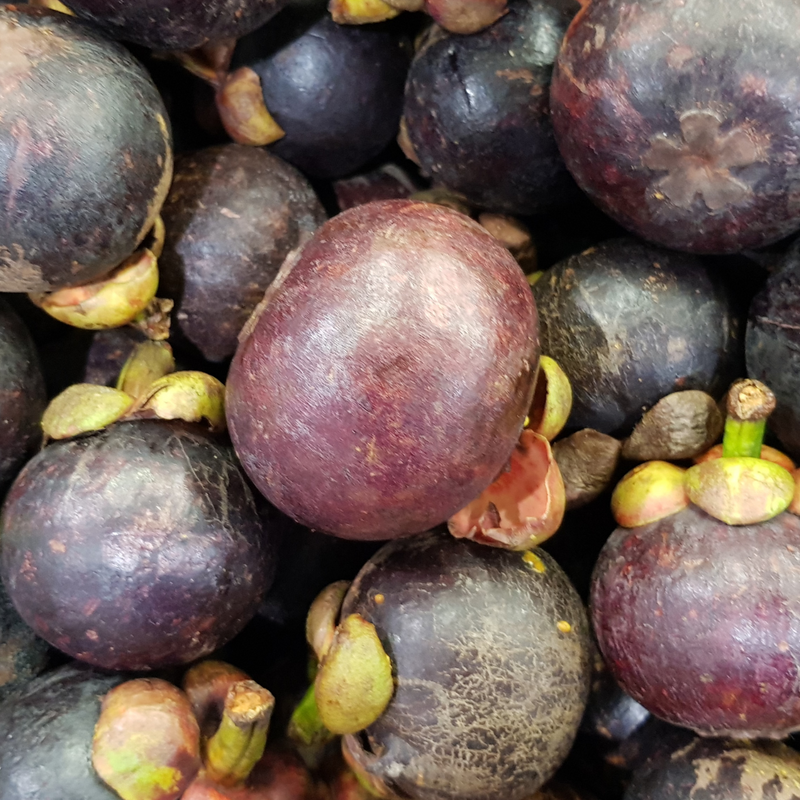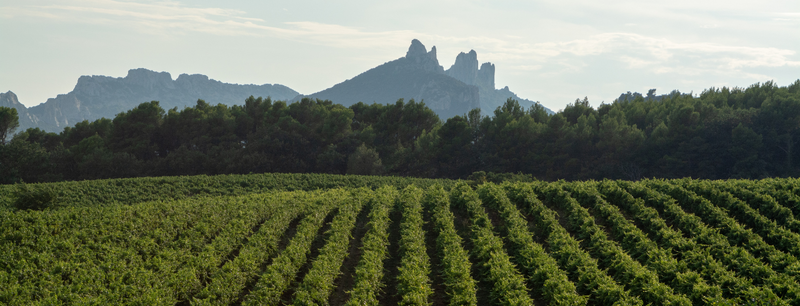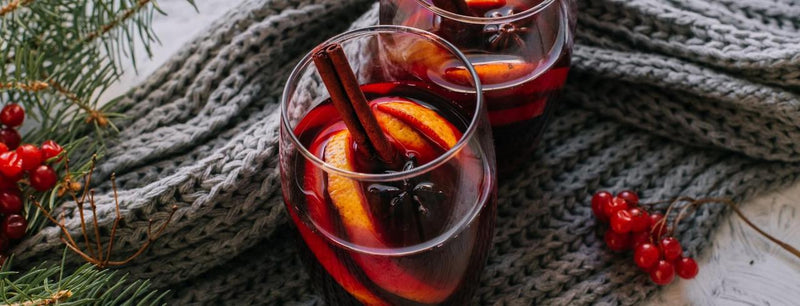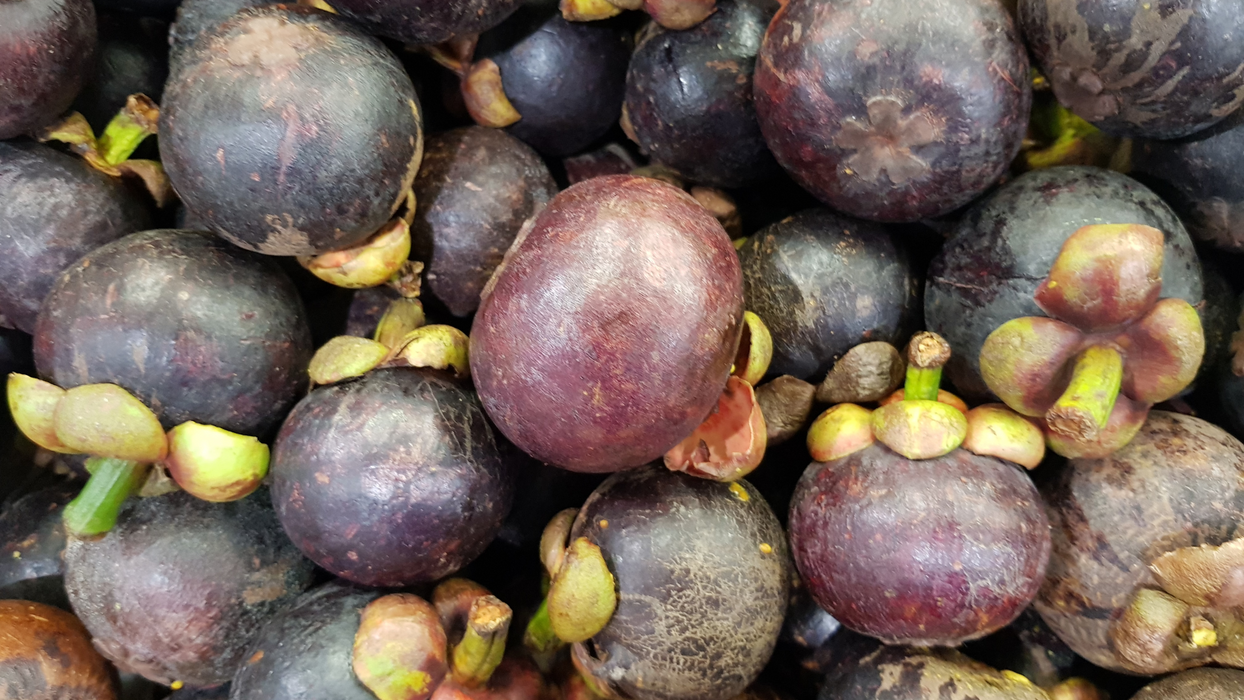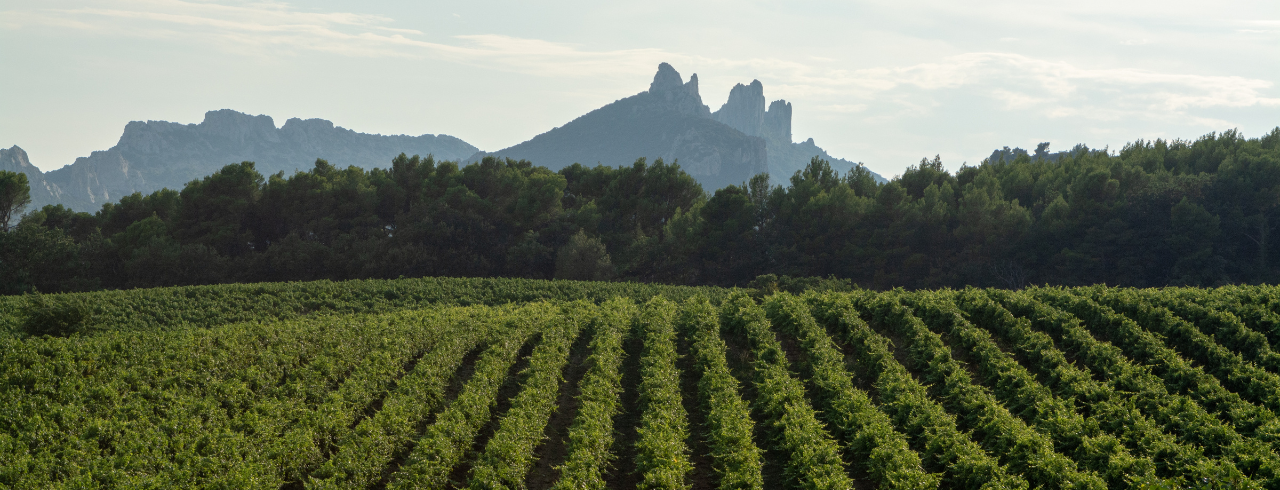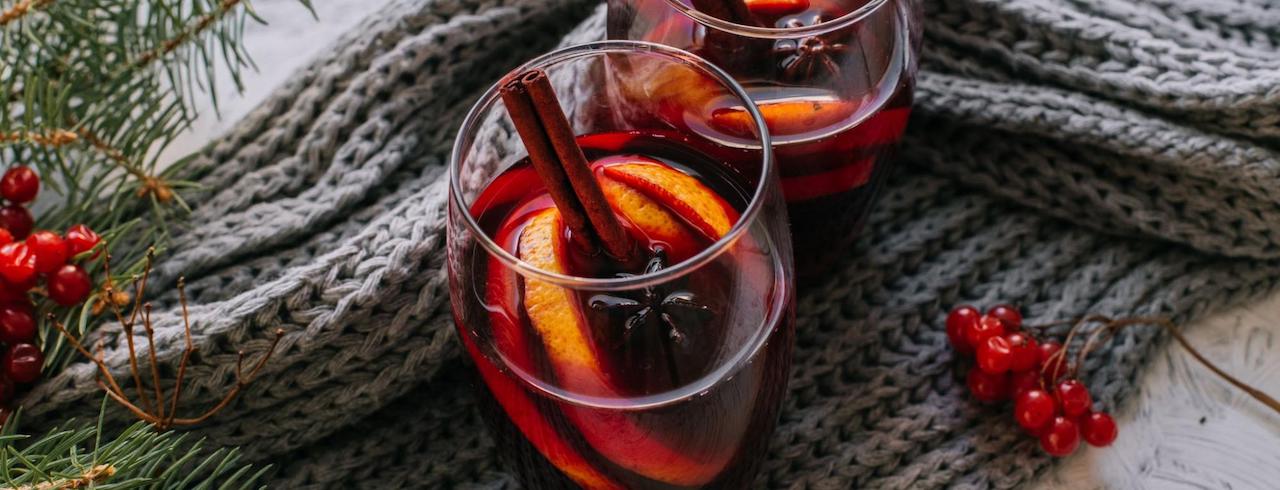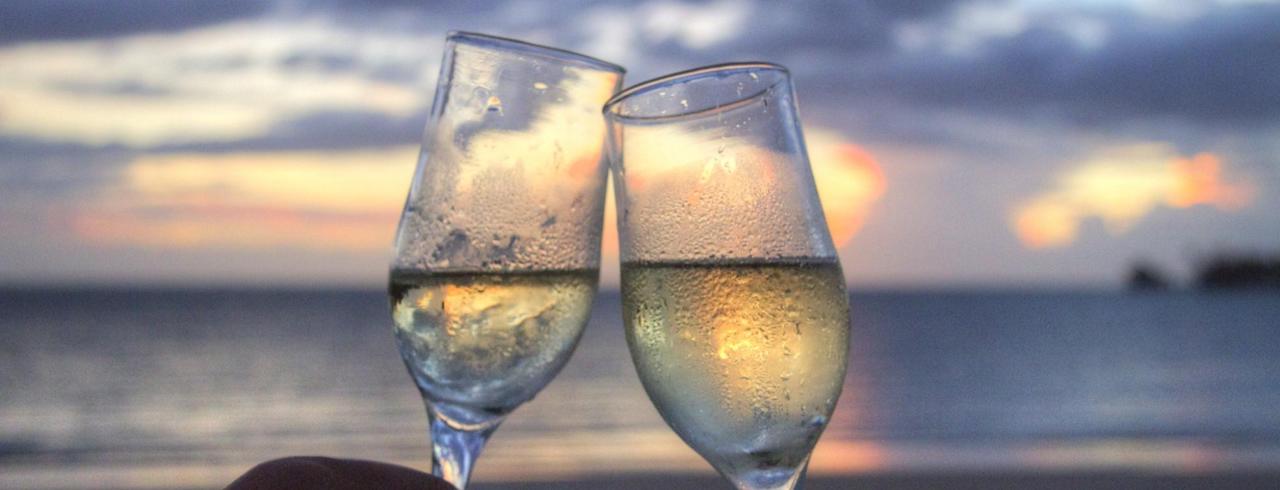
What is Cava? Spain's Sparkling Wine
The French might have invented sparkling wine (AKA Champagne), but they aren’t the only ones to produce it. Sparkling wine is known by many names and is categorized into many types. In Italy, sparkling wine is known as Prosecco while in Germany, sparkling wine is called Sekt.
Spain’s sparkling wine is known as Cava. Let’s learn how Cava is different from other sparkling wines around the world.
How is Cava made?
Like all other wines, cava starts with grapes. It is made through a process of secondary fermentation like Champagne (called méthode champenoise), but the Spanish process is called méthod traditionelle (traditional method).
Cava is made from different grapes than champagne. The three main grapes in a bottle of cava are: Macabeo, Paralleda, and Xarel lo. Some of the other grapes that are often included in cava are: Chardonnay, Pinot Noir, Garnacha, and Monastrell.
Let’s break down the grapes a little further.
Macabeo is the grape that’s used the most in cava production, providing light floral notes with a lemony flavor. Xarel lo is the opposite of Macabea. It has rich floral aromatics and pear or melon notes. Paralleda is very citrusy and acidic.
Macabeo, parellada, and xarel lo together produce the fruity, balanced cava that so many the world over know and love.
Like Champagne, cava has its own DOC (denominación de origen) called Cava DO. Because Cava is a Spanish wine, it can be made throughout Spain, but cava wines are produced in the Catalonia region (think around Barcelona) most often. Unlike Champagne, cava doesn’t typically have a vintage year.
What Does Cava Pair Well With?
Like many sparkling wines, Cava pairs well with a myriad of foods, making it great to open whether you’re celebrating a new promotion or just enjoying movie night with friends.
Here are some foods that Cava pairs well with:
- Artichoke
- Asparagus
- Cheeses (Machego, aged Parmesan, or Asiago)
- Creamy Sauces
- Fried Chicken
- Paella
- Risota
- Seafood
- Nuts
- Olives
- Eggs
How does Cava compare to Champagne and Prosecco?
What does make Cava different from the rest?
Champagne’s typically have biscuity or yeasty notes and are often crisp with lemon, green apple, and citrus notes. The best champagnes often have flavors of toasted brioche, roasted fruit, and toffee.
Bottles of Prosecco are made very differently from bottles of champagne or cava, which results in a different flavor profile and drinking experience. Prosecco’s secondary fermentation process takes place in steel tanks, not bottles which makes prosecco lighter and less bready. Prosecco also usually is sweeter than champagne and cava but can have similar aromatics of apple, pear, lemon, florals, and sometimes tropical fruit.
Cocktails to make with Cava
Like champagne and prosecco, cava can be used in many cocktails. Here are some of our favorites.
Sangria
Popular in Spain, sangria combines sparkling wine, hard liquor, sweetener, fruit juice, and fruit together. It’s great on a hot summer day, when you have friends and family over and need to put a drink together with ease, or at happy hour.
Mimosa/Bellini
Swap your champagne or prosecco for cava, add your fruit juice, and you’ve still got a lovely mimosa or bellini to go with your favorite breakfast or brunch.
Bubbly Mary
It’s a Bloody Mary with bubbly aka cava which elevates the drink a bit. After all, carbonation makes things more fun.
So, the next time you want a sparkling wine, consider reaching for a bottle of cava. It will transport you to Spain, pairs well with a lot of foods, and can elevate some of your favorite cocktails!
Need some Cava to get you started?
Uncork one of Spain’s most famous styles of wines in Las Falleras Cava Brut D.O.P., a dry Cava that satisfies with every sip. Pale yellow with green tones, this sparkling white wine opens with exotic fruit notes with hints of flowers. The taste is well-balanced, with citrus flavors and a slight creaminess from the fine mousse.
